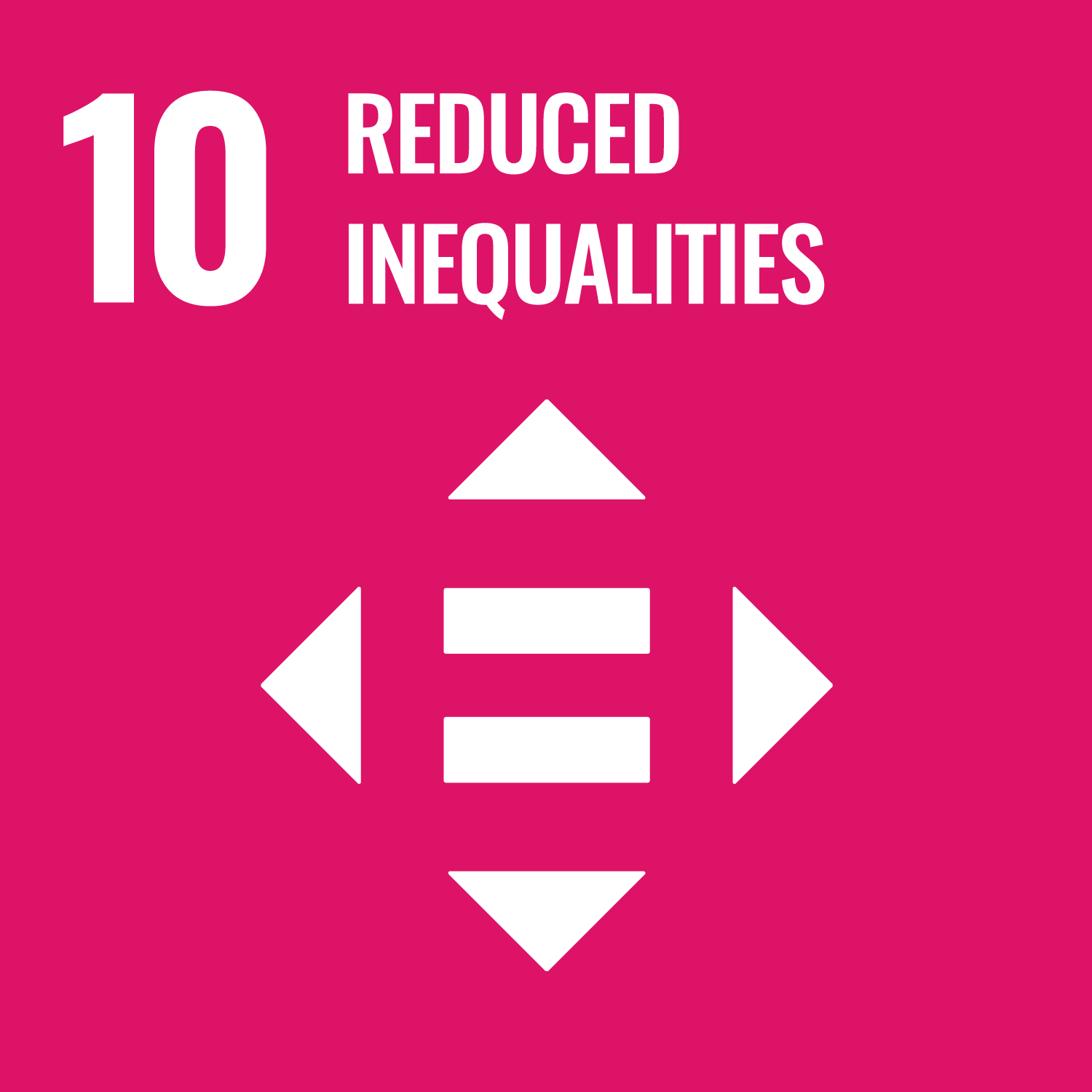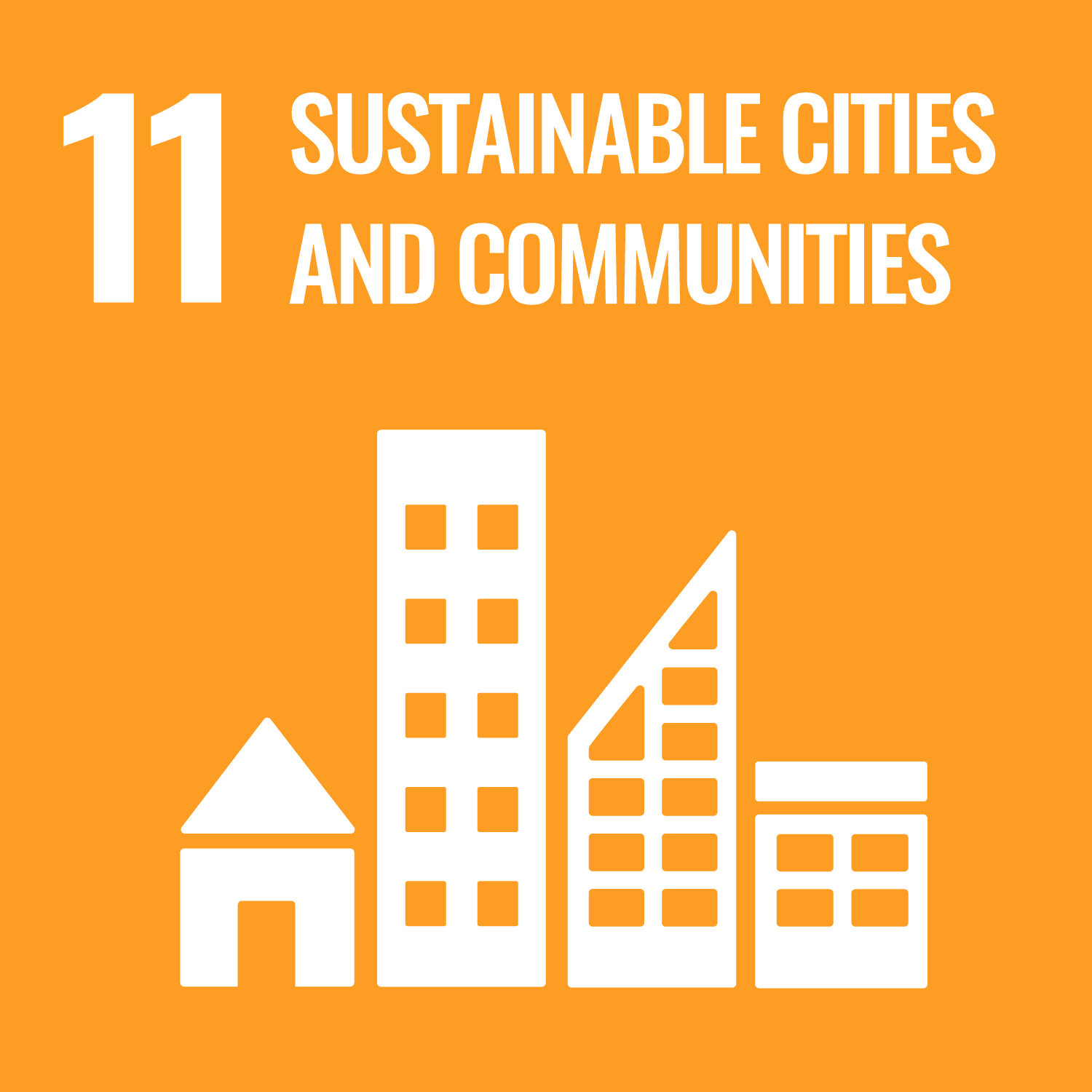
SDG 1: No Poverty - End poverty in all its forms everywhere


Suzanne Scarlata, Richard Whitcomb Professor of Chemistry and Biochemistry, joined the university faculty in 2016. She studies how small molecules in the bloodstream can change the behavior of cells. In particular, she is interested in how certain hormones and neurotransmitters can activate a family of organic molecules known as G proteins (guanine nucleotide-binding proteins), which are involved in transmitting signals from various stimuli from the exterior to the interior of cells. G proteins help control how cells move, divide, and change structure; the signaling pathways they mediate are integral to a wide array of biological functions, including sensory perception, the regulation of the heart, nervous system, and reproduction, and the development of cancer. Scarlata has received more than $10 million for her research from the National Institutes of Health, the American Heart Association, the Keck Foundation, the U.S. Department of Education, and other organizations. In addition, she has been the keynote speaker at several national and international meetings.
Before joining WPI, Scarlata was professor of physiology and biophysics at Stony Brook University, where she had taught since 1991. She previously served as assistant professor in the Department of Medicine at Cornell University Medical College and as a member of the technical staff at AT&T Bell Laboratories, where she developed optical testing methods for printed circuit boards.
She is associate editor of the Journal of Bioenergetics and Biomembranes and serves on the editorial boards of the Journal of Fluorescence and the Journal of Membrane Biology. She has also served on the editorial boards of Analytical Biochemistry, BBA Biomembranes, F1000, Journal of Biological Chemistry and Analytical Biochemistry, and Methods and Application of Fluorescence Spectroscopy.

Suzanne Scarlata, Richard Whitcomb Professor of Chemistry and Biochemistry, joined the university faculty in 2016. She studies how small molecules in the bloodstream can change the behavior of cells. In particular, she is interested in how certain hormones and neurotransmitters can activate a family of organic molecules known as G proteins (guanine nucleotide-binding proteins), which are involved in transmitting signals from various stimuli from the exterior to the interior of cells. G proteins help control how cells move, divide, and change structure; the signaling pathways they mediate are integral to a wide array of biological functions, including sensory perception, the regulation of the heart, nervous system, and reproduction, and the development of cancer. Scarlata has received more than $10 million for her research from the National Institutes of Health, the American Heart Association, the Keck Foundation, the U.S. Department of Education, and other organizations. In addition, she has been the keynote speaker at several national and international meetings.
Before joining WPI, Scarlata was professor of physiology and biophysics at Stony Brook University, where she had taught since 1991. She previously served as assistant professor in the Department of Medicine at Cornell University Medical College and as a member of the technical staff at AT&T Bell Laboratories, where she developed optical testing methods for printed circuit boards.
She is associate editor of the Journal of Bioenergetics and Biomembranes and serves on the editorial boards of the Journal of Fluorescence and the Journal of Membrane Biology. She has also served on the editorial boards of Analytical Biochemistry, BBA Biomembranes, F1000, Journal of Biological Chemistry and Analytical Biochemistry, and Methods and Application of Fluorescence Spectroscopy.
SDG 1: No Poverty - End poverty in all its forms everywhere

SDG 10: Reduced Inequalities - Reduce inequality within and among countries

SDG 11: Sustainable Cities and Communities - Make cities and human settlements inclusive, safe, resilient and sustainable
